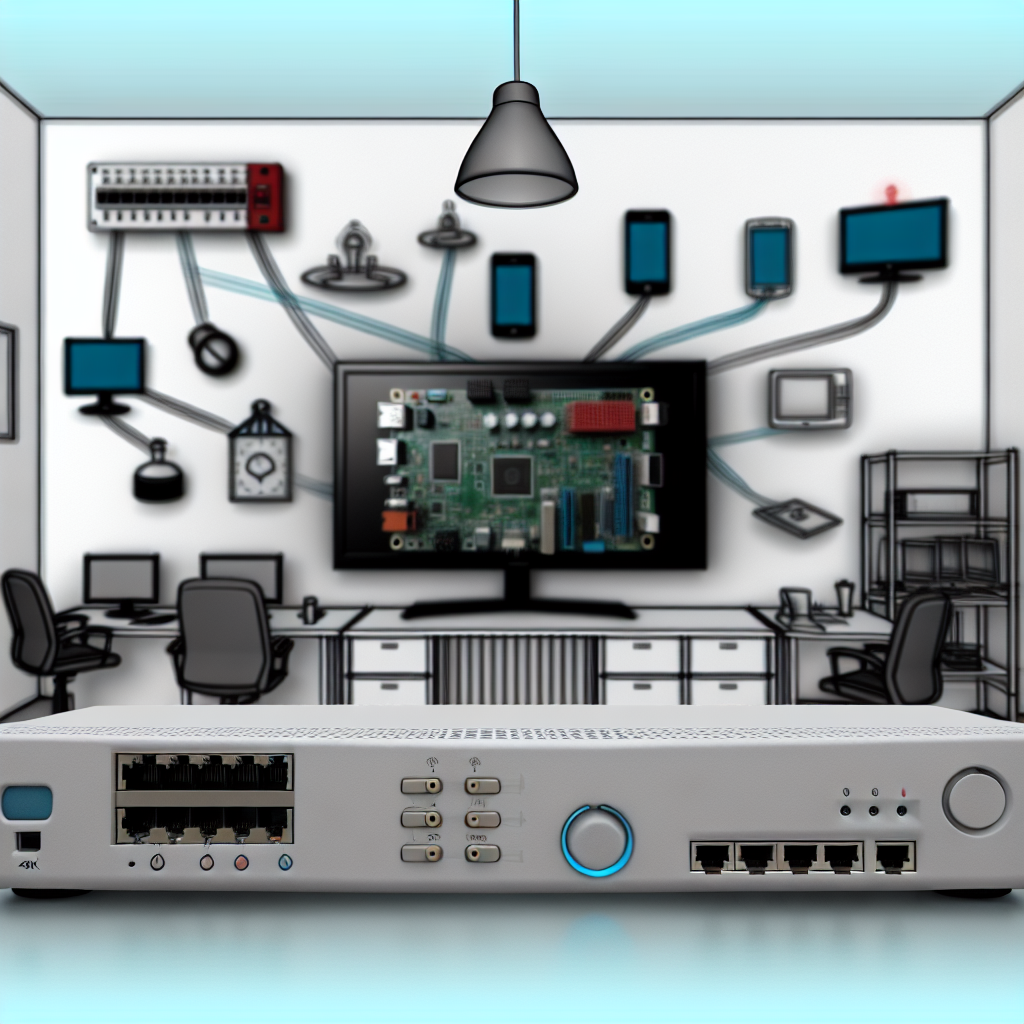-
- Using MikroTik for IoT Device Management
- Understanding MikroTik and Its Relevance to IoT
- Configuration Steps for IoT Device Management
- Step 1: Setting Up Your MikroTik Router
- Step 2: Configuring DHCP for IoT Devices
- Step 3: Implementing Firewall Rules
- Step 4: Monitoring IoT Devices
- Practical Examples of MikroTik in IoT Management
- Best Practices for IoT Device Management with MikroTik
- Case Studies and Statistics
- Conclusion
Using MikroTik for IoT Device Management

In today’s rapidly evolving technological landscape, the Internet of Things (IoT) has emerged as a transformative force, connecting devices and enabling smarter solutions across various industries. As the number of IoT devices continues to grow, effective management and security of these devices become paramount. MikroTik, a well-known provider of networking hardware and software, offers robust solutions for managing IoT devices efficiently. This guide will explore how to leverage MikroTik for IoT device management, providing actionable steps, practical examples, and best practices.
Understanding MikroTik and Its Relevance to IoT
MikroTik routers and switches are widely used for their flexibility, performance, and cost-effectiveness. They provide a comprehensive suite of features that can be tailored to meet the specific needs of IoT deployments. With MikroTik, network administrators can manage device connectivity, monitor performance, and implement security measures, making it an ideal choice for IoT device management.
Configuration Steps for IoT Device Management
Step 1: Setting Up Your MikroTik Router
Before managing IoT devices, you need to configure your MikroTik router. Follow these steps:
- Connect your MikroTik router to a power source and your network.
- Access the router’s web interface by entering its IP address (default is usually 192.168.88.1) in a web browser.
- Log in using the default credentials (username: admin, password: none).
- Change the default password for security purposes.
Step 2: Configuring DHCP for IoT Devices
To ensure that your IoT devices can connect to the network seamlessly, configure DHCP:
- Navigate to IP > DHCP Server.
- Click on Add New to create a new DHCP server.
- Set the Address Pool to define the range of IP addresses available for your IoT devices.
- Enable the DHCP server and apply the settings.
Step 3: Implementing Firewall Rules
Security is crucial in IoT management. Implement firewall rules to protect your network:
- Go to IP > Firewall.
- Select the Filter Rules tab and click on Add New.
- Define rules to allow or block traffic based on your security requirements.
- Prioritize rules to ensure critical traffic is handled appropriately.
Step 4: Monitoring IoT Devices
Monitoring is essential for maintaining performance and identifying issues:
- Access Tools > Traffic Monitor to view real-time traffic statistics.
- Utilize Log to track device activity and identify anomalies.
- Set up alerts for specific events to stay informed about your IoT devices.
Practical Examples of MikroTik in IoT Management
Consider a smart agriculture scenario where various sensors and devices are deployed to monitor soil moisture, temperature, and crop health. By using MikroTik, farmers can:
- Connect multiple sensors to the network using DHCP.
- Implement firewall rules to secure data transmission from unauthorized access.
- Monitor device performance and data usage to optimize resource allocation.
Best Practices for IoT Device Management with MikroTik
- Regularly update MikroTik firmware to ensure security and performance enhancements.
- Segment IoT devices on a separate VLAN to enhance security.
- Utilize VPNs for secure remote access to IoT devices.
- Implement strong password policies and use encryption for data transmission.
Case Studies and Statistics
A study by Gartner predicts that by 2025, there will be over 75 billion connected IoT devices globally. Companies that have implemented MikroTik for IoT management have reported:
- A 30% reduction in network downtime.
- A 25% increase in operational efficiency due to better device monitoring.
Conclusion
Using MikroTik for IoT device management provides a powerful and flexible solution for organizations looking to harness the potential of connected devices. By following the configuration steps outlined in this guide, implementing best practices, and learning from real-world examples, you can effectively manage your IoT ecosystem. As the IoT landscape continues to evolve, leveraging robust tools like MikroTik will be essential for ensuring security, performance, and scalability in your deployments.